The Biological Mechanisms of Animal Camouflage in Predation
Introduction
Camouflage is a behavior that has evolved in many animal species as a means of survival. This biological mechanism allows animals to blend with their environment, making them less visible to predators or prey. The process of camouflage involves complex biological systems, including changes in physical appearance, behavior, and sometimes even genetic makeup.
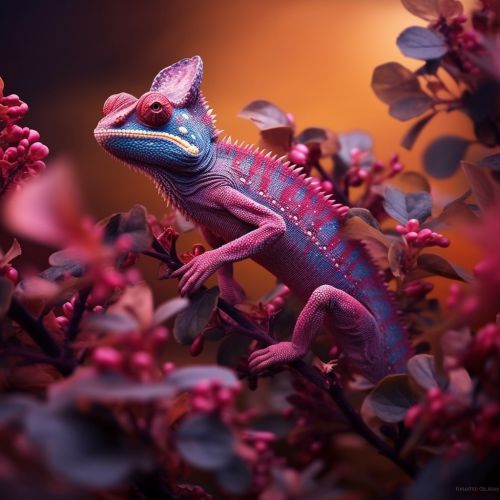

Physical Camouflage
Physical camouflage is the most common form of camouflage in the animal kingdom. This involves changes in the animal's exterior, such as color, pattern, and texture, to match the surrounding environment.
Coloration
Coloration is a key aspect of physical camouflage. Many animals have evolved to have colors that match their environment. For instance, the Arctic hare has white fur that blends with the snow, while the Green tree python has a green color that matches the leaves of the trees it inhabits.
Pattern
Pattern is another important aspect of physical camouflage. Animals may have patterns on their bodies that break up their outline, making them less noticeable. The Leopard is a classic example of an animal that uses pattern for camouflage. Its spots help it blend with the dappled light of its forest habitat.

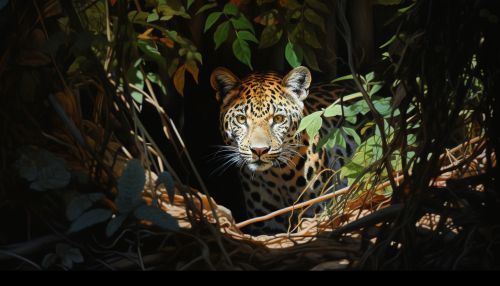
Texture
Texture can also play a role in physical camouflage. Some animals, like the Bark spider, have evolved to have a texture that matches their environment. The bark spider's body mimics the texture of tree bark, helping it blend in and avoid detection.
Behavioral Camouflage
Behavioral camouflage involves an animal changing its behavior to avoid detection. This can include remaining still, moving slowly, or adopting certain postures.
Stillness
Many animals use stillness as a form of camouflage. By remaining motionless, they can avoid drawing attention to themselves. The Stick insect, for instance, not only looks like a twig but also remains motionless when threatened, making it nearly indistinguishable from a real twig.
Slow Movement
Slow movement is another form of behavioral camouflage. Some animals, like the Sloth, move so slowly that they are hard to detect. This slow movement also allows algae to grow on their fur, providing additional camouflage.
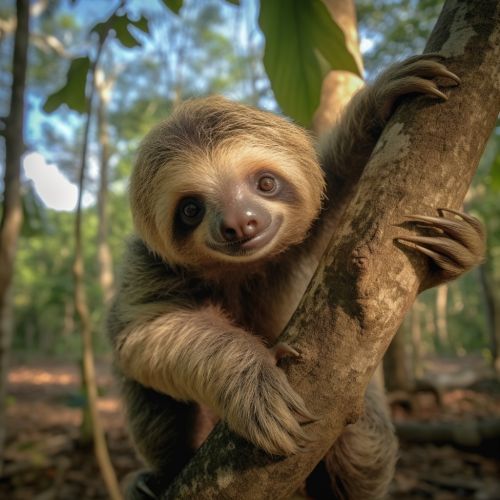

Posture
Posture can also be used for camouflage. Some animals adopt certain postures that help them blend in with their environment. The American bittern, for instance, stretches its neck upwards and remains still when threatened, mimicking the reeds in its marshy habitat.
Genetic Camouflage
Genetic camouflage involves changes at the genetic level that result in physical or behavioral traits that aid in camouflage. This can include changes in color, pattern, texture, or behavior.
Genetic Coloration
Genetic coloration involves changes in an animal's genes that result in a certain color. This is often seen in animals that live in specific environments, such as the Snowshoe hare, which has genes that cause its fur to turn white in the winter to match the snow.
Genetic Pattern
Genetic pattern involves changes in an animal's genes that result in a certain pattern. This is seen in animals like the Zebra, whose genes cause it to have black and white stripes that help it blend in with the tall grasses of its habitat.
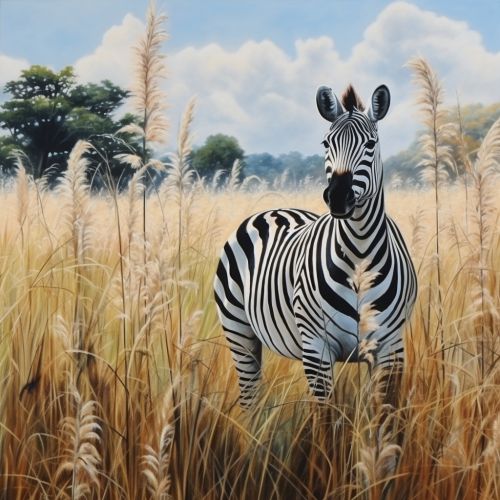
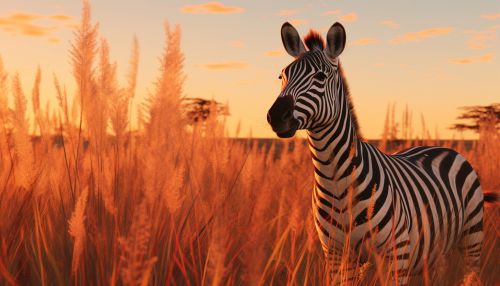
Genetic Texture
Genetic texture involves changes in an animal's genes that result in a certain texture. This is seen in animals like the Leaf-tailed gecko, whose genes cause it to have a texture that mimics the appearance of a leaf.
Conclusion
Camouflage is a complex biological mechanism that involves physical, behavioral, and genetic components. It plays a crucial role in the survival of many animal species, helping them avoid predation and successfully hunt for prey. While our understanding of camouflage has grown significantly, there is still much to learn about this fascinating biological phenomenon.
